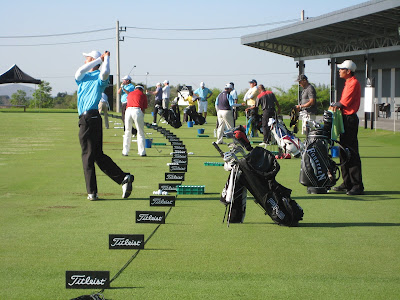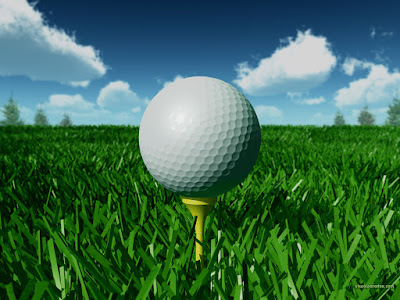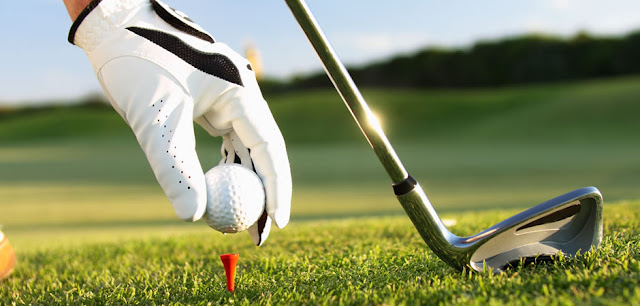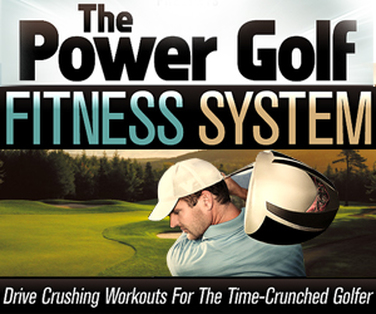A Few Keys to Efficient Golf Practice
Whether it's in baseball, hockey, soccer, tennis or any other sports that involves a ball, there is a feeling of immense satisfaction and pride that comes from hitting the ball solidly. Nowhere does this apply more than in golf, where the small ball goes where it wants on anything but a solid shot.
If you want to hit the ball solidly on a consistent basis, the only way is through practice and more practice.
Though you may not think so, the best time to practice is right after a round. Everything that didn't work for you during the round is fresh in your mind, and your body and mind are ready to go. Failure to work consistently on the shots that regularly give you the most trouble means your game won't soon improve.
The key to maximizing your efficiency in practice is creating 'real' situations. Ideally, you would mirror what happened in your round and employ your best swings. Also work on hitting balls from every bad lie you can think of. Obviously, it's extra important to practice if you haven't played for a while.
Boost your game further by visualizing a round of golf during lunch or breaks, on your way to or home from work, etc. Imagine taking many good swings and hitting a great shot each time. See your entire body flowing in unison through each shot, completely tension-free. This isn't useless preparation. You are increasing your muscle memory and preparing them for the next round.
If you enjoy other sports, you can transfer movements in these sports to help your golf game. For instance, the way you shift your weight on a tennis backhand shot is very similar to the bodyweight transfer on a golf shot. Use the tennis experience to remember what you need to do on the links. For detailed steps on how to swing properly we suggest you pick up a copy of the Golf Beginner Guide - it's a 272 page ebook full of great advice, tips and lessons in golf.
When you're hitting a lot of balls in one session, remember to take a break between swings. You will avoid mental and physical exhaustion and can use the time to process what you've learned or accomplished. Remember, you're not out there to hit a thousand shots, rather a few beautiful ones. Hitting 20-30 balls at a time is sufficient practice, especially if the majority of these are struck on the sweet spot of the clubface.
 To hit a more accurate shot and promote better contact, pull out your favorite iron and try this exercise: take two tees and stick them in the ground a couple of inches apart. (You can also use two balls.) Try (air)swinging your iron through the tees without hitting them. Start with partial swings and work your way up to full swings as you get better at avoiding the tees. Soon you will be hitting the ball more solidly.
To hit a more accurate shot and promote better contact, pull out your favorite iron and try this exercise: take two tees and stick them in the ground a couple of inches apart. (You can also use two balls.) Try (air)swinging your iron through the tees without hitting them. Start with partial swings and work your way up to full swings as you get better at avoiding the tees. Soon you will be hitting the ball more solidly.
It may sound corny, but don't forget the feeling of a good shot. Memorize it and internalize it, then practice it and you will soon be able to produce it consistently. It's very easy to lose the feeling of a great shot because there are so many variables that went into hit, from hand position, proper grip and good pre-swing body alignment to the right ball position, clubface impact and follow-through.
Source: The above information is just a small morsel taken from the Golf Beginner Guide. This 272 page ebook is full of golf tips and advice like the above, and for just $29.50 we think this every Golfer should have it, especially beginners.









